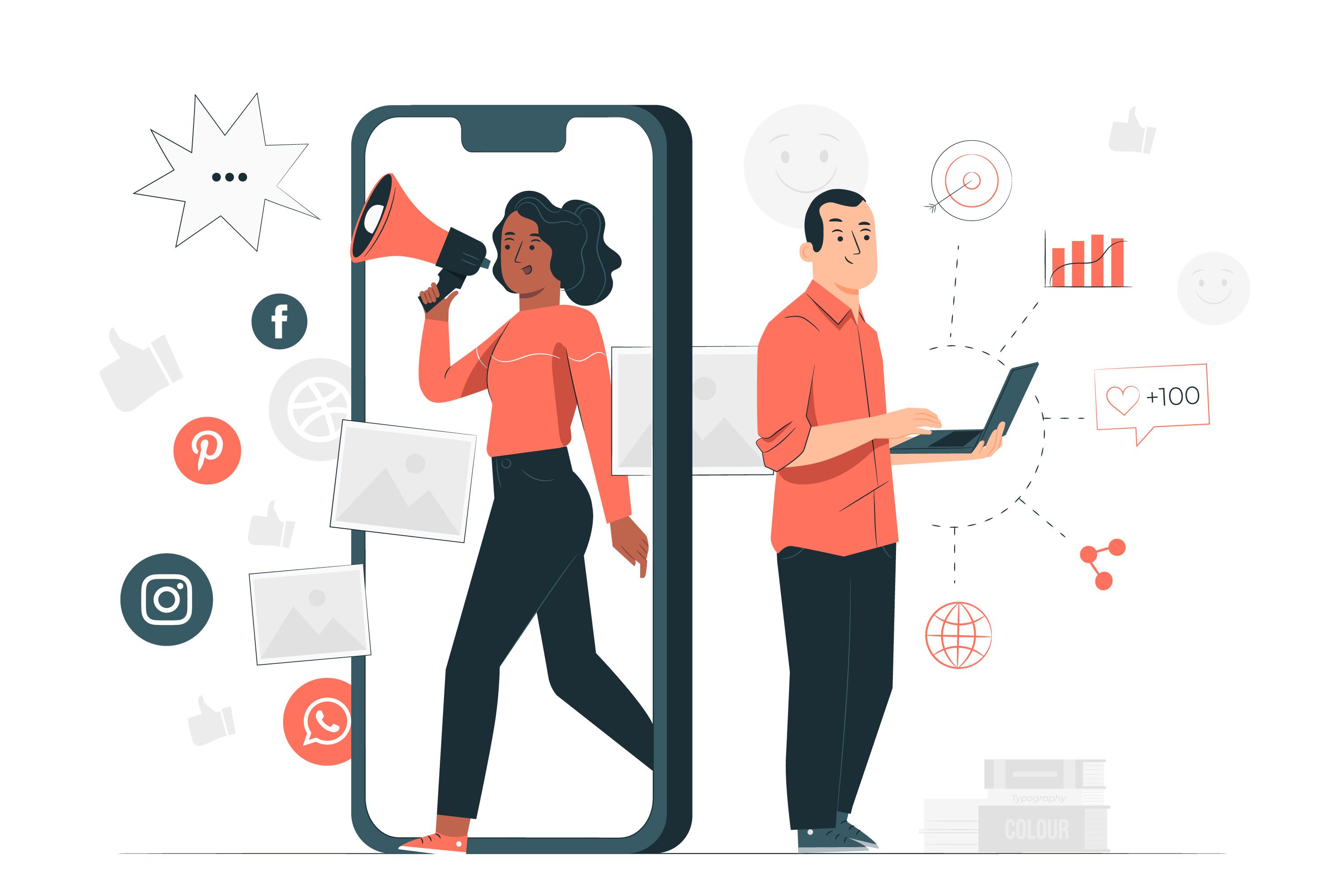
How Responsive Web Design Impacts User Engagement
In the multi-device digital age, responsive web design is not merely a design preference—it's a business imperative. With users viewing websites on smartphones, tablets, laptops, and desktops, offering a seamless experience on every screen size has a direct impact on how users interact with your brand.
What is Responsive Web Design?
Responsive web design (RWD) is a method that makes a website's layout and content change smoothly according to the screen resolution and size of the device. It uses flexible grids, scalable images, and media queries that enable content to appear consistently and work well on all devices.
Why User Engagement Matters
User engagement is how visitors are engaging with your site—clicks, time on site, bounce rates, navigation patterns, and conversions. The better the user experience, the more engagement. A poor design, slow load time, or usability problem can send users away, with opportunities lost.
How Responsive Web Design Enhances User Engagement
1. Improved Mobile Experience
More than 60% of web traffic is now coming from mobile phones. A responsive website allows users to navigate, read, and engage with your content easily on smaller screens—without pinching, zooming, or tolerating distorted layouts.
Effect: Increased retention rates, longer stay on site, and higher likelihood of conversions.
2. Smaller Page Size
Responsive sites are also optimized for speed. Because they serve lighter versions of the content based on a user's device, users need not wait at all for the pages to come up.
Effect: Reducing load time lessens bounces and helps keep users connected.
3. Better Usability
Good responsive design emphasizes intuitive navigation, understandable call-to-actions, and a user-centered interface. If users can easily access what they're looking for, they are likely to make the desired action, such as filling out a form, buying a product, or subscribing to a service.
Effect: Good usability means better engagement and better conversion rates.
4. Consistent Branding
A uniform visual experience on devices enhances your brand's credibility and trust. Responsive design makes sure that brand color, font, and images do not lose their integrity whether displayed on a phone or desktop.
Impact: Creates brand trust, which increases customer loyalty and engagement.
5. SEO Benefits
Google favors mobile-first indexing, which means mobile-friendly sites are ranked higher. Responsive design benefits your SEO campaign with one URL structure on all devices, no duplicated content problems.
Effect: Improved search visibility translates to increased organic traffic and engagement.
Important Statistics to Keep in Mind
- 74% of customers are more likely to visit mobile-friendly websites again.
- 57% of customers will not recommend a company that has an ill-designed mobile site.
- 53% of mobile users leave pages that take over 3 seconds to load.
Best Practices for Responsive Web Design
- Design with a mobile-first mentality.
- Optimize images and media to reduce load time.
- Touch-friendly navigation and buttons first.
- Font sizes and blocks of content readable on small screens.
- Test across several devices and browsers frequently.
Conclusion
Responsive web design is not just a technical innovation—it's a foundation of contemporary user experience. It closes the gap between usability and accessibility, having a direct impact on how users experience and engage with your brand online. In a crowded digital marketplace, investing in responsive design isn't just savvy—it's necessary.
Contact us for professional website development services tailored to elevate your online presence and business growth.
 2nd Stage, Rajajinagar, Bengaluru, Karnataka-560010 |
2nd Stage, Rajajinagar, Bengaluru, Karnataka-560010 |  info@socialbraynz.com
info@socialbraynz.com Call Us : +91 9513777996
Call Us : +91 9513777996.jpg)

